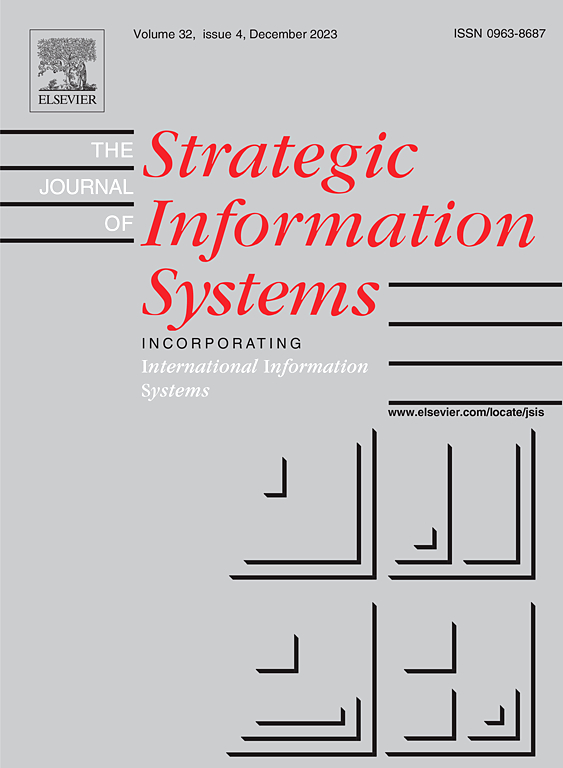通过积分基对 P 递归序列进行基于还原的创造性伸缩
IF 0.6
4区 数学
Q4 COMPUTER SCIENCE, THEORY & METHODS
引用次数: 0
摘要
我们提出了一种方法,将给定的二元 P- 递推序列拆分为可求和部分和不可求和部分,从而使不可求和部分在某种意义上是最小的。这种分解方法产生了一种基于积分基概念的新的基于还原的创造性伸缩算法。本文章由计算机程序翻译,如有差异,请以英文原文为准。
Reduction-based creative telescoping for P-recursive sequences via integral bases
We propose a way to split a given bivariate P-recursive sequence into a summable part and a non-summable part in such a way that the non-summable part is minimal in some sense. This decomposition gives rise to a new reduction-based creative telescoping algorithm based on the concept of integral bases.
求助全文
通过发布文献求助,成功后即可免费获取论文全文。
去求助
来源期刊

Journal of Symbolic Computation
工程技术-计算机:理论方法
CiteScore
2.10
自引率
14.30%
发文量
75
审稿时长
142 days
期刊介绍:
An international journal, the Journal of Symbolic Computation, founded by Bruno Buchberger in 1985, is directed to mathematicians and computer scientists who have a particular interest in symbolic computation. The journal provides a forum for research in the algorithmic treatment of all types of symbolic objects: objects in formal languages (terms, formulas, programs); algebraic objects (elements in basic number domains, polynomials, residue classes, etc.); and geometrical objects.
It is the explicit goal of the journal to promote the integration of symbolic computation by establishing one common avenue of communication for researchers working in the different subareas. It is also important that the algorithmic achievements of these areas should be made available to the human problem-solver in integrated software systems for symbolic computation. To help this integration, the journal publishes invited tutorial surveys as well as Applications Letters and System Descriptions.
 求助内容:
求助内容: 应助结果提醒方式:
应助结果提醒方式:


